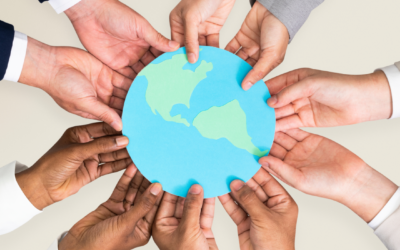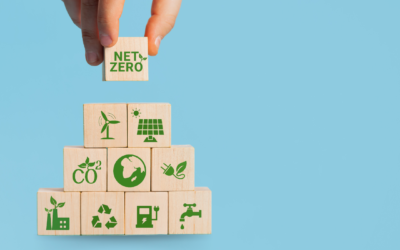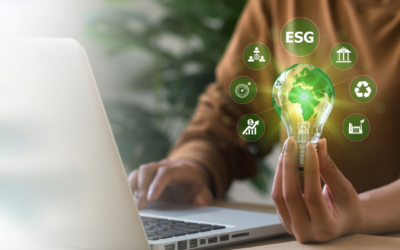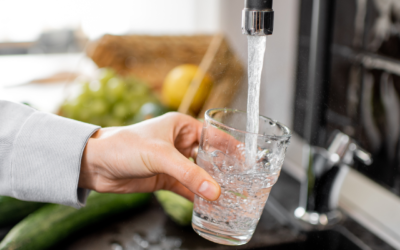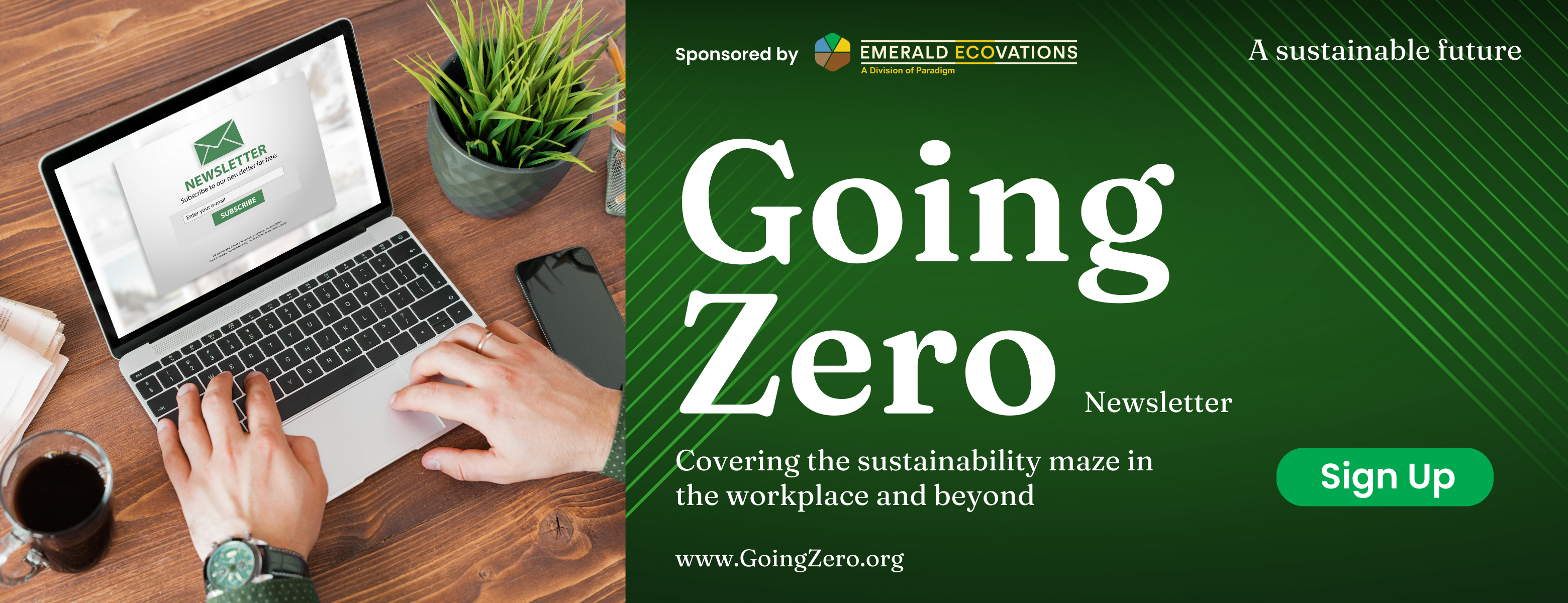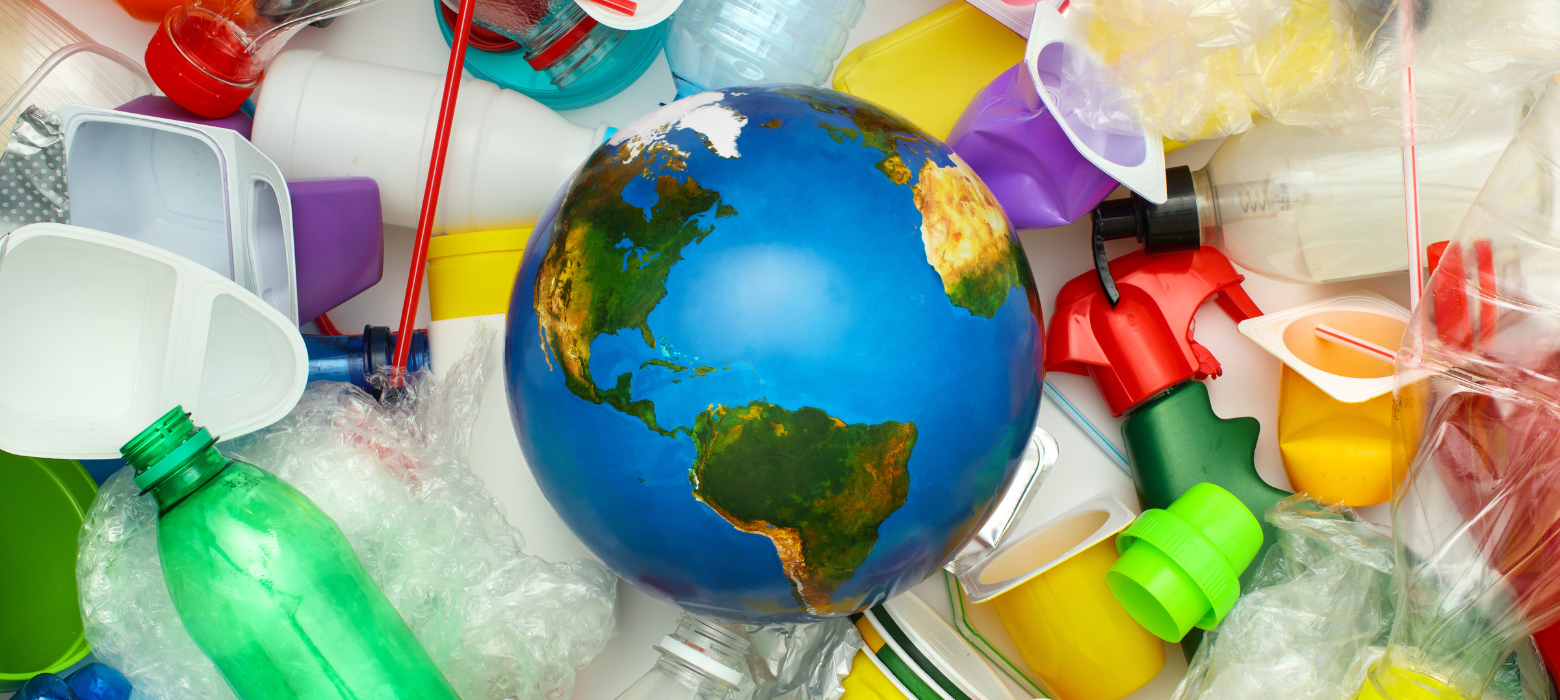
Did you know that an estimated 8 million metric tons of plastic end up in our oceans every year? That’s the equivalent of a garbage truck full of plastic dumping its contents into the ocean every minute.
Plastics have woven themselves into the fabric of our daily lives due to their durability and low cost. However, the same qualities that have made them so useful are also making them a massive pollution problem.
Since 1980, plastic production has increased by 422% while recycling numbers are abysmally low. In the US, we generate an estimated 42 million metric tonnes of plastic waste per year, or about 10% of global plastic waste while we recycle less than 9%.
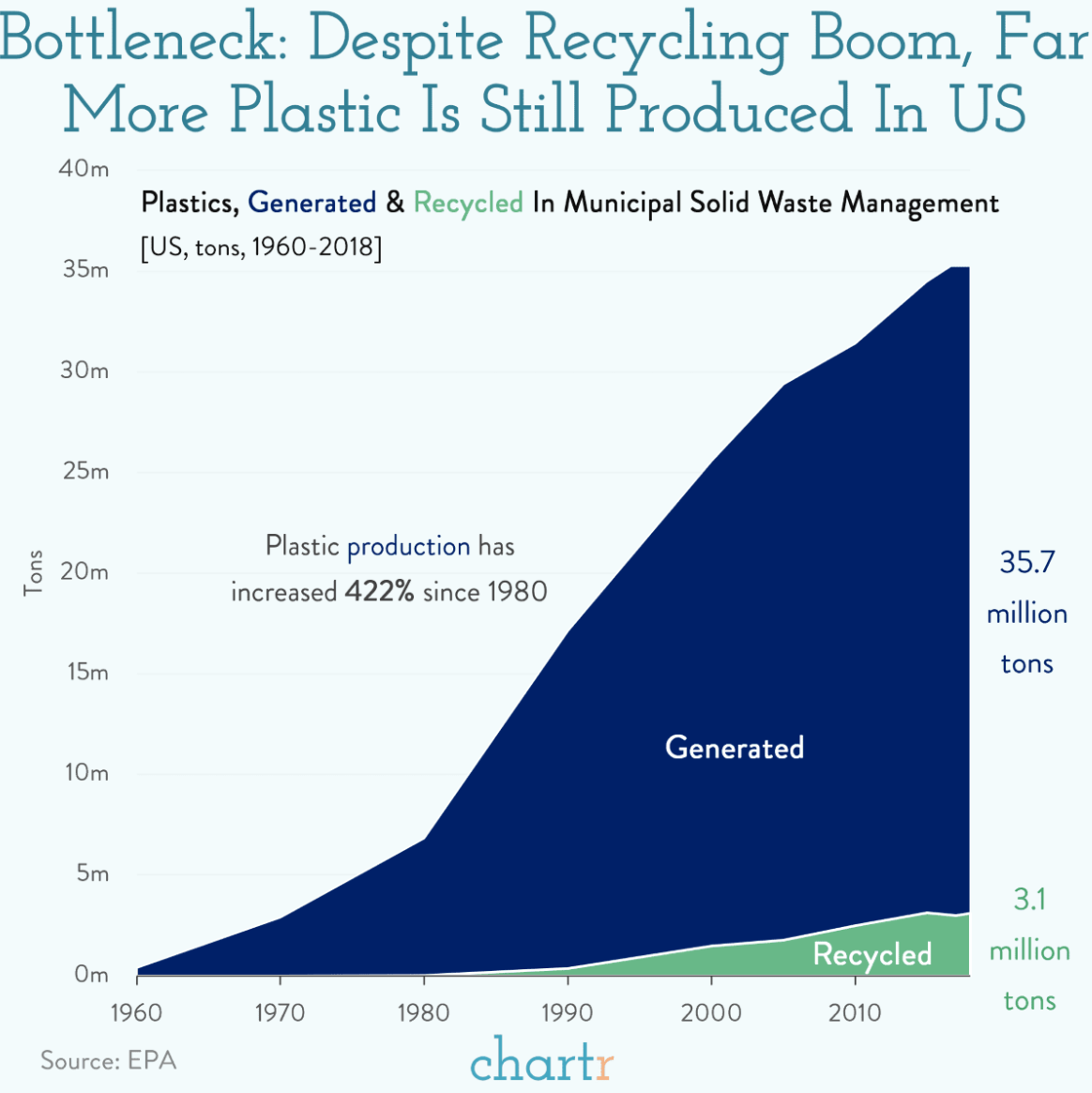
From affecting wildlife and their habitats to disturbing human health, plastic pollution poses a significant threat to the global ecosystem. In this article, we’ll delve into the numerous problems that this type of pollution creates and explore some ways to mitigate its impact.
Sources and Types of Plastic Waste
In the main body of plastic waste, packaging takes the lion’s share, followed by products like bottles, straws, and bags. The convenience offered by these disposables has a flip side – they often end up cluttering landfills, waterways, and oceans. Other significant contributors include microplastics, tiny particles that arise from the breakdown of larger items or from microbeads used in cosmetics and toothpaste.
Impact on Waterways & Marine Life
One of the direct aspects of plastic pollution is its voyage to and impact on the marine environment.The ocean is often where plastic ends up, causing dire consequences for marine life.
Turtles, for instance, cannot distinguish between plastic bags and jellyfish, their natural prey. When they ingest plastic, it can cause blockages in their digestive system, ultimately leading to death. Similarly, seabirds often mistake plastic pellets for fish eggs and feed them to their chicks, which can result in starvation or choking. Furthermore, marine creatures can get entangled in discarded plastic waste like fishing nets and six-pack rings, restricting their movement and ability to find food.
Microplastics, tiny pieces of plastic particles, have become increasingly pervasive, and their effects are only now being understood. These particles are ingested by plankton—foundation species for the entire marine food web—leading to toxic exposure not only in these tiny organisms but up the food chain to larger fish, marine mammals, and eventually, humans.
By 2025, the oceans could contain one ton of plastic for every three tons of fish. This alarming projection by the World Economic Forum underlines the scale of plastic pollution, a significant contributor to which is microplastics.
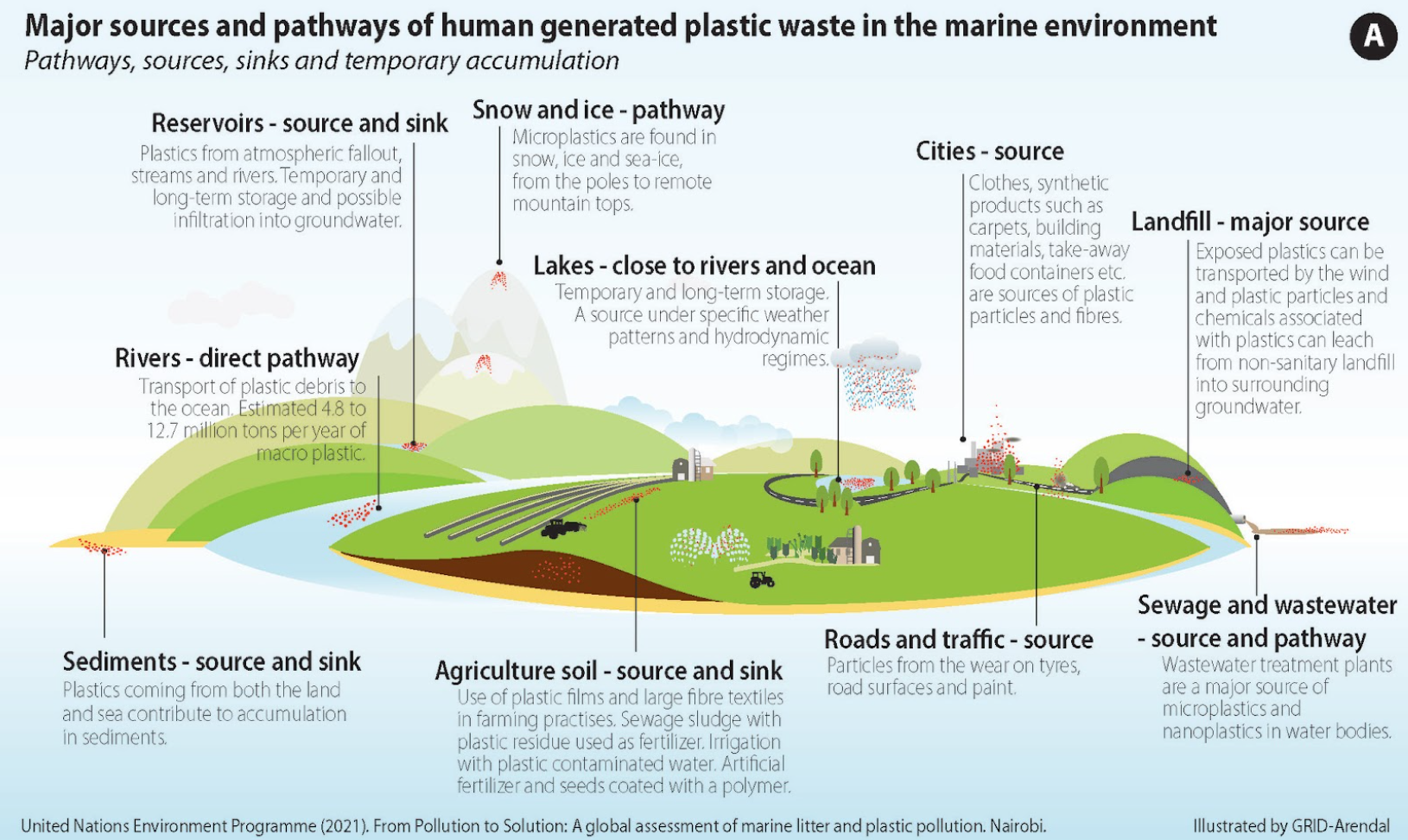
Plastics don’t just pollute oceans—they also affect freshwater sources. Studies have found microplastics in rivers, lakes, and even tap water. The chemicals that leach out from plastics can harm aquatic ecosystems and contaminate drinking water sources, which can lead to health problems in both animals and humans. Endocrine-disrupting chemicals (EDCs) which are found in some plastics, can interfere with the hormone system and cause cancerous tumors, birth defects, and other developmental disorders.
Threat to Human Health
Apart from leaching toxic chemicals into our water sources, plastics also present a direct threat to human health. The production and disposal of plastics involve hazardous pollutants that can cause respiratory problems, skin lesions, cancer, and other serious health issues for those living near factories or dumpsites.
Moreover, chemicals absorbed by plastics in the environment like PCBs and DDT can be ingested by us through seafood and other products. These chemicals are known to cause a plethora of health issues including endocrine disruption, organ damage, and immune system suppression.
Economic Implications
Plastic pollution also has considerable economic implications. Tourist destinations suffer when their beaches are littered with plastic waste. Fishing industries bear the economic burden when their equipment is damaged by plastic debris or when they catch plastic instead of fish. Municipalities also spend millions on litter cleanup, waste management, and litter prevention programs.
According to the UN, plastic pollution results in billions of dollars in economic losses globally each year, with coastal communities bearing the brunt of these expenses. In 2015, litter-related damage to marine tourism in the Asia-Pacific Economic Cooperation region alone was estimated at $6.4 billion while a broader study revealed that 87 coastal countries across Europe, Asia, Africa, the Middle East, the Americas, and Oceania collectively experienced economic losses ranging from $6 billion to $19 billion.
Furthermore, the cost of recycling and waste management is ever-increasing as the amount of plastic waste grows. Countries that could spend on development and poverty eradication are instead investing in dealing with the plastic problem.
Interaction with Wildlife and Ecosystems
Plastics don’t biodegrade, but rather slowly break down into smaller pieces that persist in the environment for hundreds to thousands of years. Throughout this process, plastic particles can disrupt ecosystems and wildlife. Land animals can ingest or become entangled in plastic waste, suffering injuries or worse. Birds use bits of plastic to build their nests, which can lead to physical harm to both the parents and their offspring.
Additionally, plastic pollution can impact soil structure and fertility, which is a significant threat to agriculture and food security. Plastic’s presence in the soil can also hinder the growth of plants, further disrupting natural ecosystems and contributing to the loss of biodiversity.
In 2023, geologists made a disturbing discovery of rocks composed of plastic waste on the secluded Trindade Island in Brazil. Melted plastic became intertwined with the rocks on the volcanic island, forming what is referred to as “plastiglomerates.” Situated over 700 miles away from the mainland, this island is a crucial sanctuary for green turtles and these rock formations showcase the impact of plastic pollution in the most remote areas.
Conclusion
Plastic pollution is a multifaceted problem with far-reaching effects that we are only starting to understand fully. It impacts virtually every aspect of the environment. From the ocean depths to the highest mountaintops, wreaking profound consequences on wildlife, human health, and economies around the globe.
Solutions to plastic pollution require actions from individuals, businesses, and governments. Reducing single-use plastics, increasing recycling efforts, supporting plastic alternatives, and educating others about the issue are all steps we can take. By working together, we can lessen the impact of plastic pollution and protect our planet for future generations.
Related Articles
Energy and Sustainability
Understanding and integrating sustainable energy solutions is essential for businesses maintaining competitive advantage and ensuring long-term viability.
Environmental Aspects of Sustainability
When examining the environmental aspects of sustainability, the focus intensifies on three critical natural resources: water, forests, and biodiversity.
Global Importance of Sustainability
Explore the historical evolution of sustainability, the current environmental challenges we face, and the global benefits that sustainable practices offer.
The Evolution of Sustainability: A Historical Perspective
Sustainability aims to balance environmental, social, and economic needs, and has a rich and varied evolution that predates modern environmental movements.
Sustainability in Business
The importance of sustainability has escalated due to increasing environmental awareness, and due to the direct benefits it offers businesses in terms of growth.
New PFAS Tap Water Regulations and The EPA
There’s an invisible threat in our tap water known as per- and polyfluoroalkyl substances (PFAS) These “forever chemicals” persist in the environment and our bodies.





